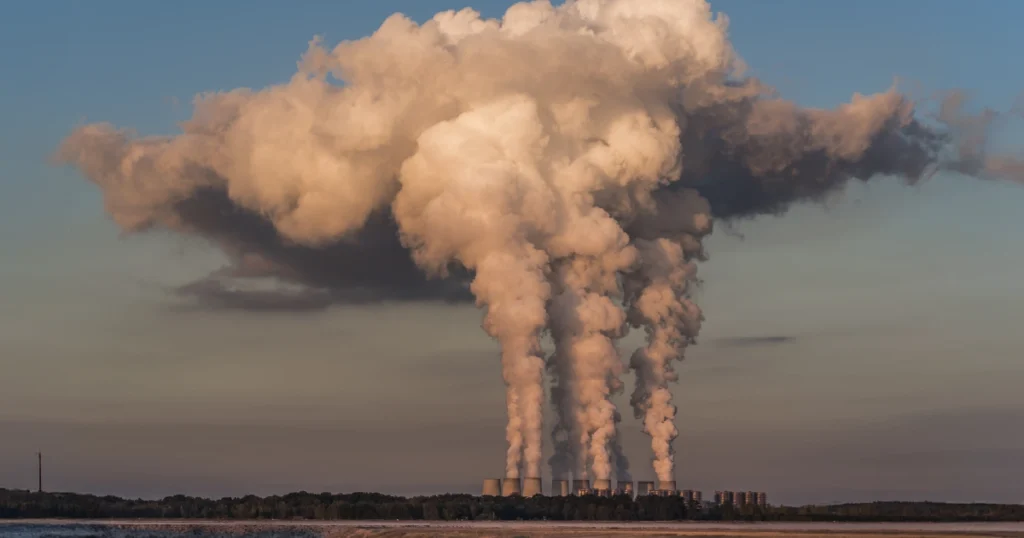Introduction
In India, flash floods inundate city streets. In California, another year of drought drains reservoirs dry. Across the globe, climate change is turning water into both a threat and a scarcity. Traditional infrastructure—rigid, aging, and often inequitable—can’t keep pace with these extremes.
Fortunately, a new wave of solutions is emerging: climate-smart water systems. Engineers, planners, and communities are reimagining water networks by fusing cutting-edge technology with nature-based design. From AI-powered monitoring to sponge cities and modular treatment systems, these innovations ensure clean, reliable water under increasingly unpredictable conditions.
How can we redesign our water systems today so that tomorrow’s flood—or drought—doesn’t become a catastrophe?
What Makes Climate-Smart Water Systems Essential
Climate-smart water systems are designed to adapt to change rather than resist it. Their architecture supports resilience, flexibility, and inclusivity in the face of extreme weather and uncertainty.
- AI-powered monitoring and forecasting: With Long Short-Term Memory (LSTM) models and IoT sensors, utilities can detect leaks, forecast droughts, and anticipate floods with over 90% accuracy—cutting losses and improving readiness [1].
- Sponge cities and green infrastructure: Cities with green roofs, bioswales, and permeable surfaces absorb and store rainwater, reduce runoff, and recharge aquifers—turning floods into resources [2][3].
- Constructed wetlands and bioretention basins: These nature-based systems clean water, support biodiversity, and reduce urban heat—essential for both water quality and human health [4].
- Modular infrastructure (AWIaaS): Adaptive Water Infrastructure as a Service allows cities to deploy scalable solutions and shift between green and grey systems in real time [5].
Core Features of Climate-Smart Water Systems
Real-Time Intelligence
Smart sensors track pressure, flow, and quality, allowing water managers to act swiftly during emergencies. AI-based insights optimize resource use and extend system life [1].
Green-Grey Integration
Community-Centered Design
Climate-smart water systems emphasize access. In underserved areas, connecting informal settlements and public spaces to resilient infrastructure ensures health equity in a changing climate [3].
Flexible Deployment
Modular designs allow for rapid deployment in high-risk zones—drought-prone villages, floodplain cities, and post-disaster regions—bridging gaps where permanent systems fail [5].
Scaling Impact Through Policy and Investment
To expand these innovations globally, policy shifts and smart investment are key:
- Policy recognition: Nature-based solutions like wetlands and green roofs must qualify for public infrastructure funds [2].
- Blended finance: Combining public and private capital, through green bonds or climate funds, accelerates system deployment and innovation [5].
- Strategic integration: Urban climate and health plans must treat water systems as part of disaster resilience and public health preparedness—not just engineering concerns [3].
Real-World Success Stories
- Wuhan, China: Its sponge city model saved $600M in infrastructure costs and protected neighborhoods from seasonal floods by absorbing 70% of rainwater onsite [3].
- Dublin, Ireland: Public parks double as bioretention ponds, filtering runoff while enhancing urban aesthetics and recreation [2][4].
- United States: Open-Storm systems use real-time monitoring to reduce flood damage and improve water quality through smart drainage control [1].
What You Can Do
You don’t need to be a policymaker to act:
- Push for sponge city features in local planning
- Invest in rain gardens or permeable pavements at home
- Support public-private partnerships on water resilience
- Volunteer for urban greening and cleanup campaigns
- Demand inclusive water strategies in climate action plans
Each contribution strengthens our collective water future.
Conclusion
Climate-smart water systems are no longer futuristic—they are foundational. By combining intelligence with ecological design, we can create water systems that withstand disruption, adapt over time, and serve communities equitably.
As the climate crisis accelerates, the most successful water networks will be those that evolve—not resist. Whether it’s absorbing a flood or surviving a drought, the next generation of infrastructure will not just persist—it will protect.
References
- Gude, V.G. et al. (2020) ‘Artificial intelligence applications in water distribution systems’, Water, 12(4), p.1123. https://www.mdpi.com/2073-4441/12/4/1123
- Fletcher, T.D. et al. (2015) ‘SUDS, LID, BMPs and more: The evolution and application of terminology surrounding urban drainage’, Urban Water Journal, 12(7), pp.525–542.
- Tan, P.Y. and Jim, C.Y. (2017) ‘Urban green infrastructure and climate adaptation’, Journal of Environmental Planning and Management, 60(4), pp.647–667.
- Vymazal, J. (2011) ‘Constructed wetlands for wastewater treatment: five decades of experience’, Environmental Science & Technology, 45(1), pp.61–69.
- Sorensen, A. et al. (2023) ‘Adaptive Water Infrastructure as a Service (AWIaaS): A new paradigm for resilient cities’, Frontiers in Environmental Science, 11, 1427865.













